Facing a mandatory shelter-in-place ordinance to limit the spread of COVID-19, PG enacted a hybrid approach to filming and producing Rig Rundowns. This is the 32nd video in that format.
Touché Amoré formed in 2007 and have been a perennial post-hardcore player that’s thrived on taking risk.
2009’s …To The Beat of a Dead Horse and 2011’s Parting the Sea Brightness and Me proved they’re running on pure, high-octane gasoline. Even though both releases feature no songs over 160 seconds, they still had room for shifting dynamics, a screamed-over piano ballad, and cloaked themselves in At-The-Drive-In catchiness. 2013’s Is Survived By adds more air, space, and time (with four songs over three minutes). Lighter moments include “Anyone / Anything” and “Non Fiction” that ultimately intensify the inevitable crash. 2016’s Stage Four saw singer Jeremy Bolm lyrically work through his mother’s lost battle to breast cancer. The anger and despair are on 10, but the antithesis plays off that rage with dreamier melodies and chiming, modulated guitar tones (including a cameo with reverb mistress Julien Baker on “Skyscraper”). And 2020’s Lament rewrites the post-hardcore playbook working with super producer Ross Robinson who helped flourish their sound by incorporating 12-string guitars, both lap steel and pedal steel, and additional keyboard layers. Those types of hues shouldn’t coexist in a backdrop for slam dancing, but it does … really well.
Cofounding guitarist Clayton Stevens virtually welcomed PG’s Perry Bean into his L.A.-based gear lair. In this Rig Rundown, he opens up about how Mono and Godspeed You! Black Emperor informed his single-coil stank, details an unknown Telecaster that’s amalgamation of American models, and explains how beneficial it was to use touring as an extended R&D trip for the band’s pedal collaboration with Electronic Audio Experiments.
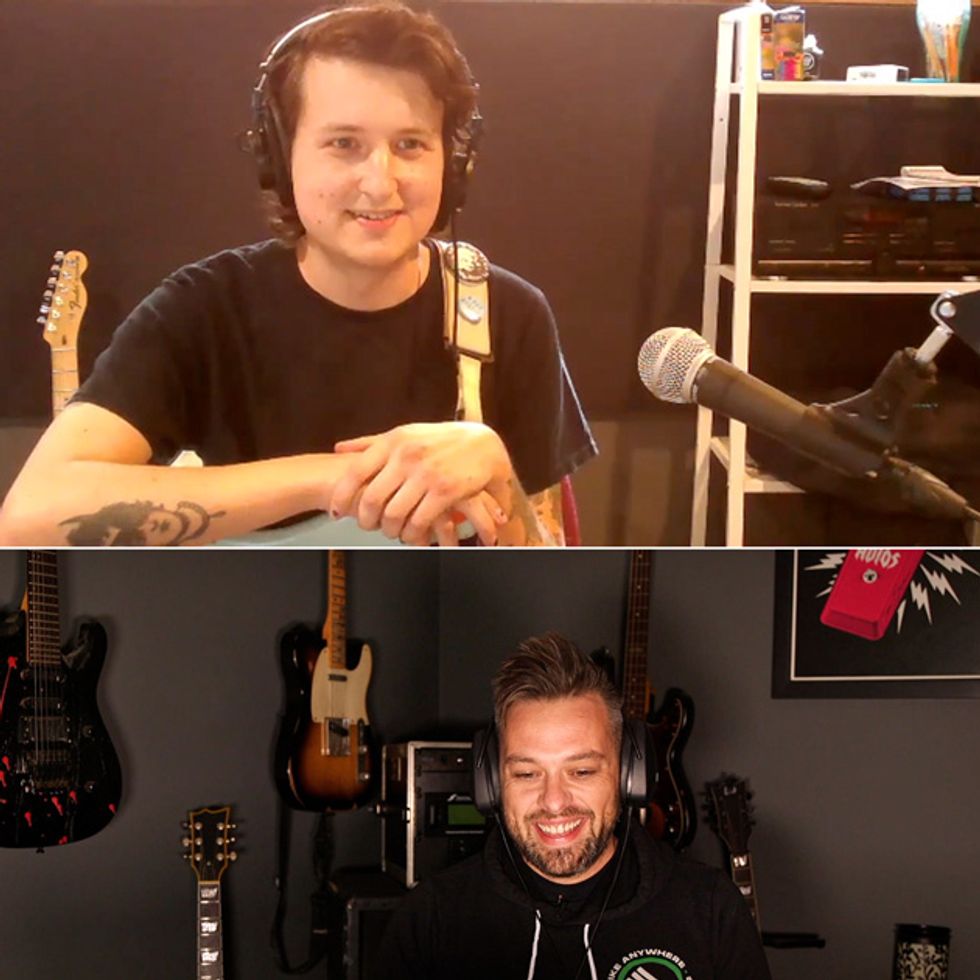
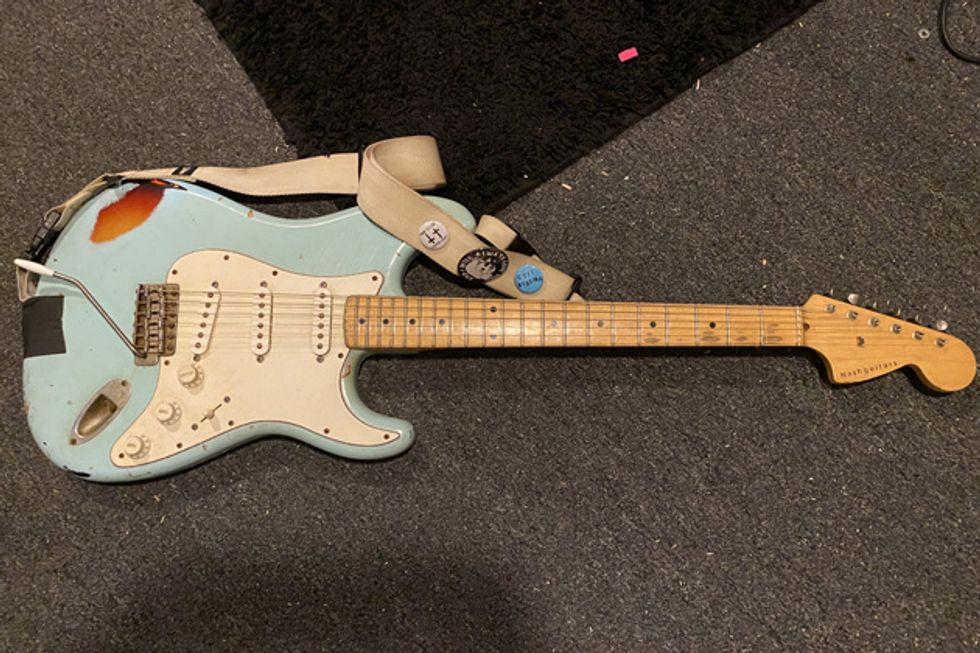
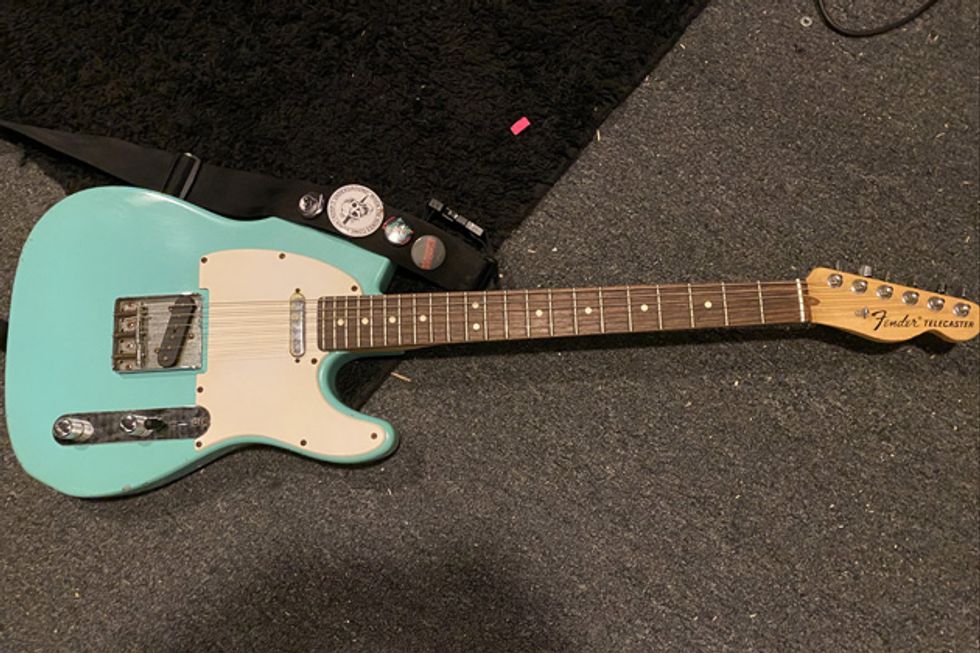
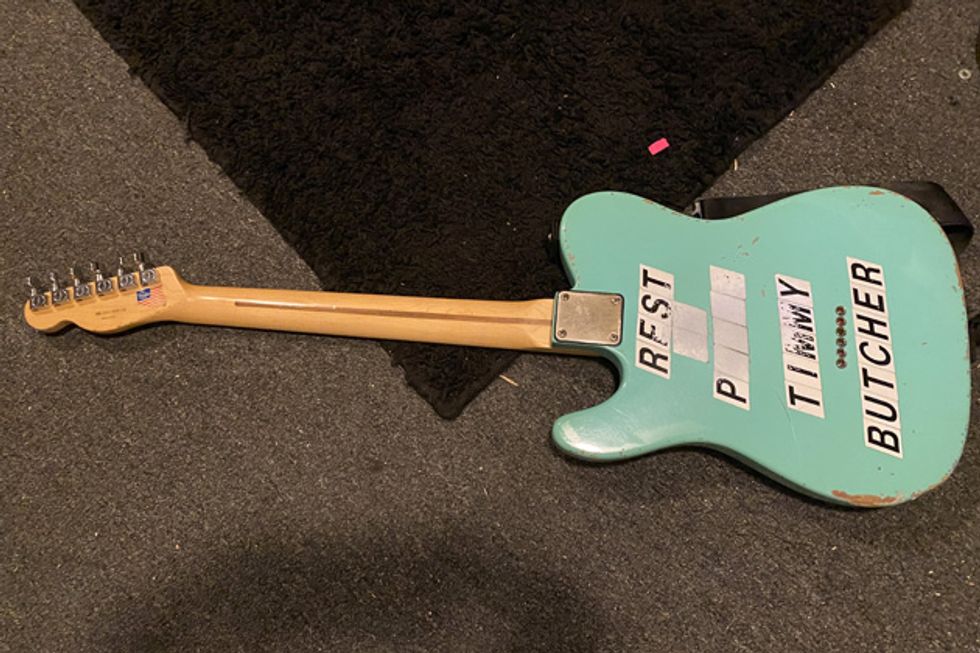
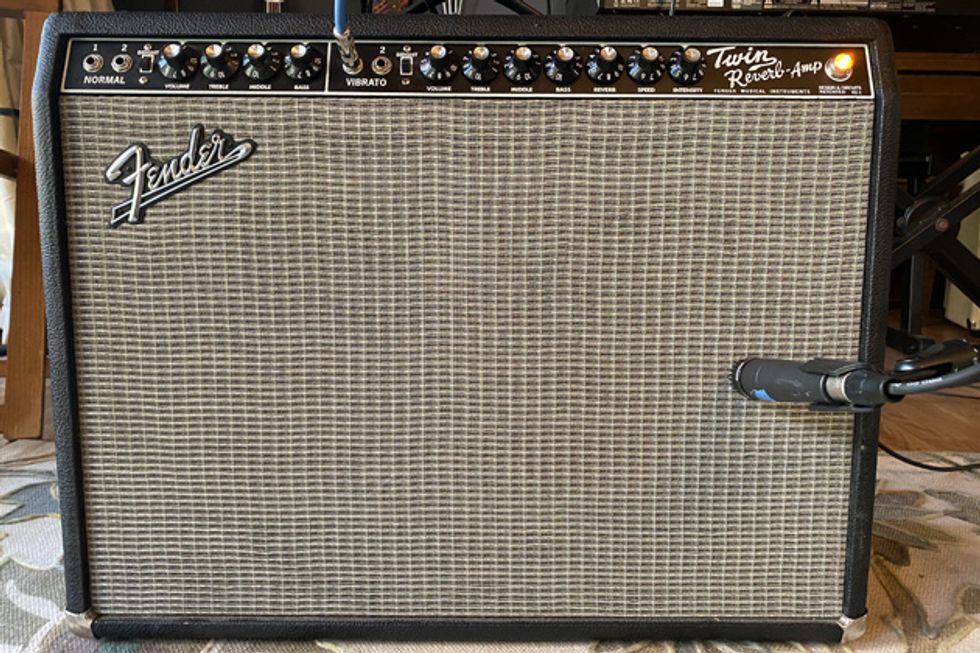
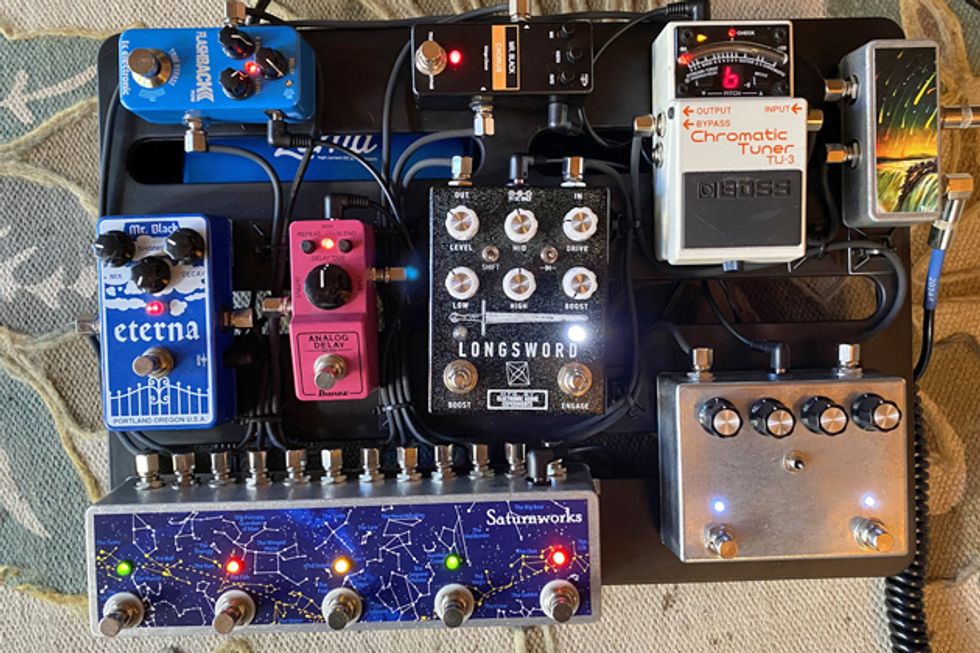
Click below to listen wherever you get your podcasts:
 |  |
 |  |
D'Addario Backline Gear Pack: https://ddar.io/GigBackpack-RR














